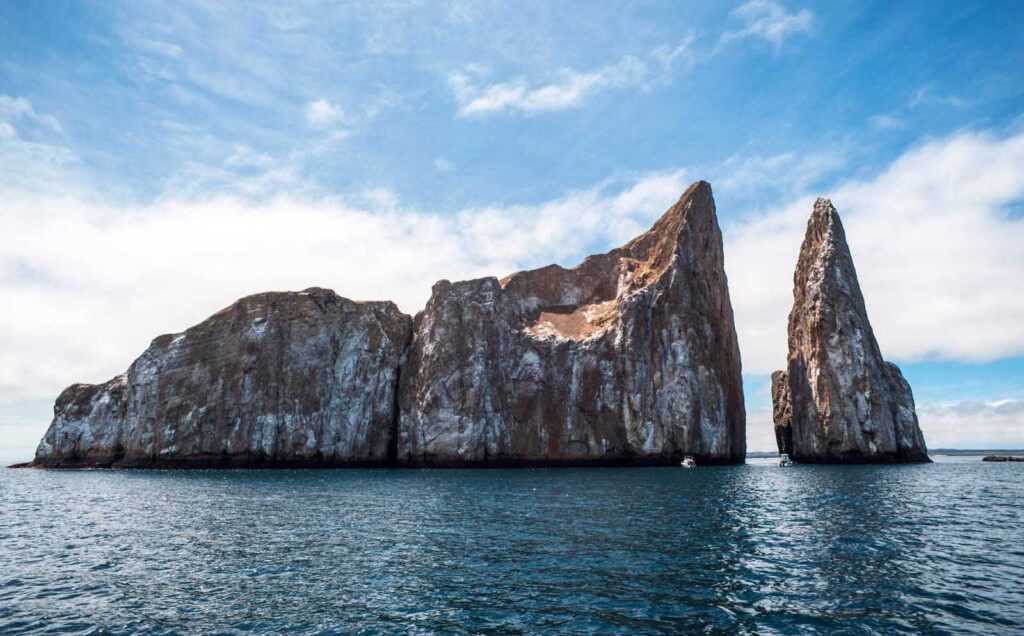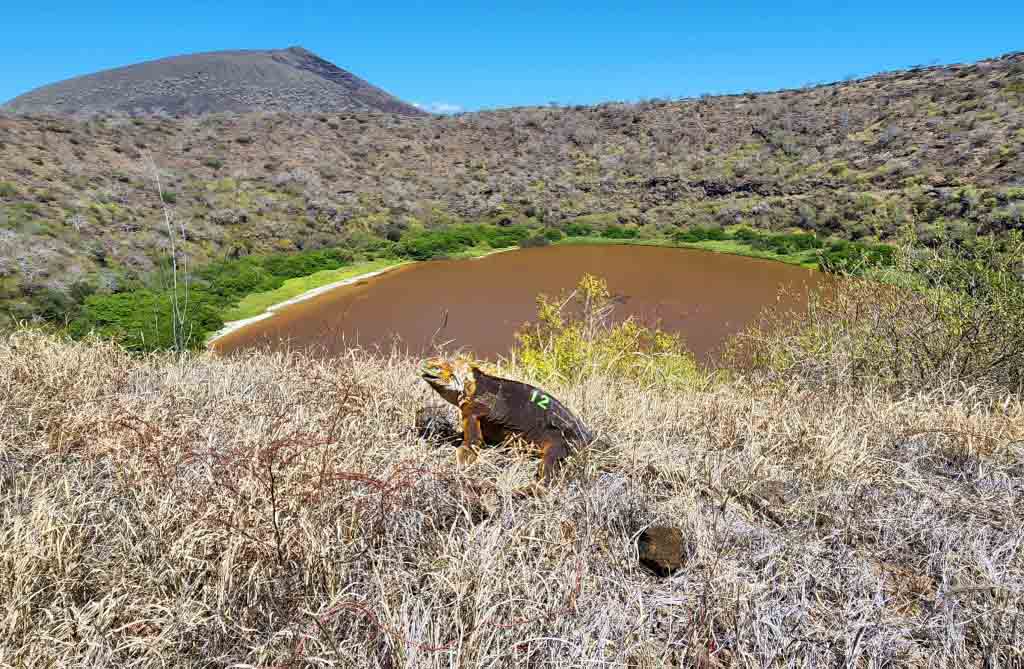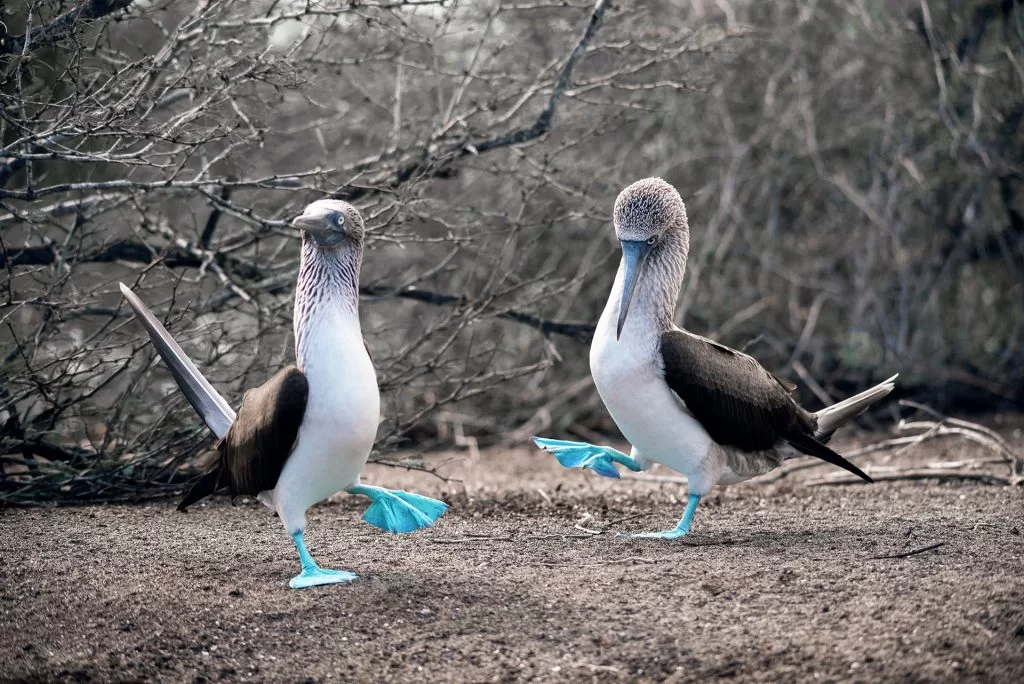Genovesa Island
Are you interested in exploring a unique and untouched island teeming with wildlife? Genovesa Island, part of the Galapagos Archipelago, is a hidden gem full of bird species.
Read on to discover more about this incredible destination!
Location and geography
Genovesa Island sits in the inner part of Darwin Bay in the Galapagos Islands. It covers an area of 5.4 square miles. The island’s highest point reaches 249 feet. Its semi-circular shape is a remnant of a submerged volcanic rim.
The pristine environment is due to its status as an uninhabited island. “97% of the Galapagos Islands are protected by the Galapagos National Park,” which helps keep it natural and untouched.
Visitor Sites
Genovesa Island has many exciting spots to explore. Here are the top places you should visit:
These sites offer unique experiences and beautiful nature!
List of Wildlife on Genovesa Island
Genovesa Island is a paradise for wildlife lovers. It boasts diverse species of birds, reptiles, mammals, and marine life.
- Land Birds
- Cactus Finch: Known for its sharp beak.
- Dark-billed Cuckoo: A rare sight on the island.
- Galapagos Dove: Often seen pecking at seeds.
- Galapagos Flycatcher: Tiny but very active.
- Galapagos Hawk: Top predator among the birds.
- Galapagos Mockingbird: Mimics other sounds around it.
- Various Ground and Tree Finches: Found in abundance here.
- Short-eared Owl: Hides during the day, hunts at night.
- Sea Birds
- American Oystercatcher: Has a bright orange beak.
- Blue-footed Booby: Famous for its blue feet.
- Great Frigatebird: Males have red throat pouches.
- Nazca Booby: Nests on rocky shores.
- Red-footed Booby: Only booby that nests in trees.
- Swallow-tailed Gull: Active mostly at night.
- Waved Albatross: Has huge wingspan.
- Reptiles
- Galapagos Green Turtle: Swims gracefully in the water.
- Galapagos Tortoise: Lives long and grows large shells.
- Lava Lizard: Blends well with volcanic rocks.
- Marine Iguana: Only iguana that swims in the ocean.
- Mammals
- Dolphins: These playful creatures often swim near boats.
- Galapagos Fur Seal: Likes to rest on the rocks along the shore.
- Galapagos Sea Lion: Commonly seen basking on beaches.
- Fish/Marine Life
- Galapagos Shark: A large predator patrolling the waters around the island.
- Hammerhead Shark: Known for its unique head shape often seen in schools near Genovesa Island.
- Whale Shark:The biggest fish in the sea, spotted around Genovesa’s waters occasionally.
- Various Tropical Fish: Brightly colored fish found swimming in coral reefs throughout the area
Looking for an unforgettable adventure? Genovesa Island, a birdwatcher’s paradise in the Galapagos, is home to red-footed boobies, Nazca boobies, and swallow-tailed gulls. Explore Darwin Bay’s white-sand beach, hike Prince Philip’s Steps for dramatic cliff views, and snorkel with rays and tropical fish. It’s a must-see for bird enthusiasts and nature lovers.
Frecuently Asked Questions
Genovesa Island is in the Galápagos Islands, which are part of Ecuador.
You can see many bird species like red-footed boobies and frigatebirds. There are also sea lions and marine iguanas.
You can reach Genovesa by boat from other islands in the Galápagos archipelago.
Visitors can go hiking, snorkeling, and bird-watching to explore the island’s unique ecosystem.





